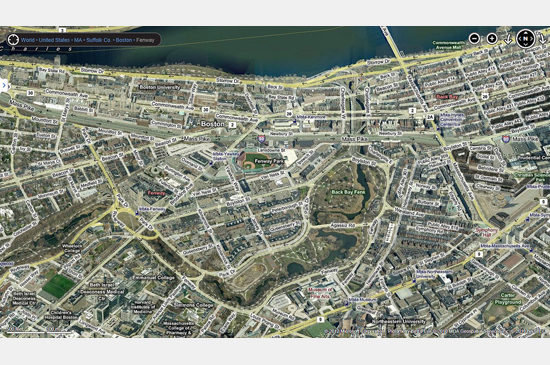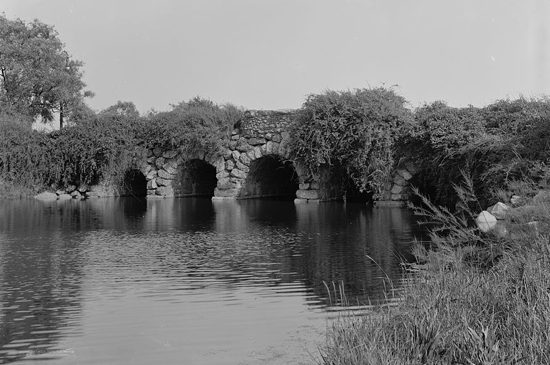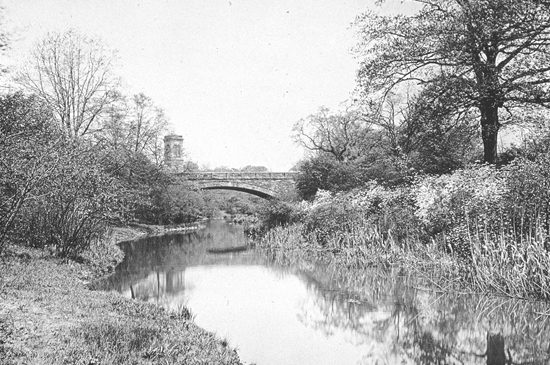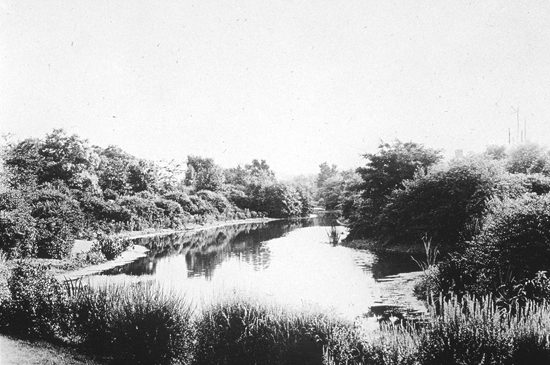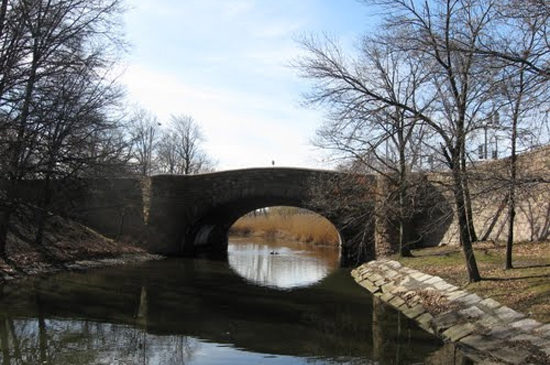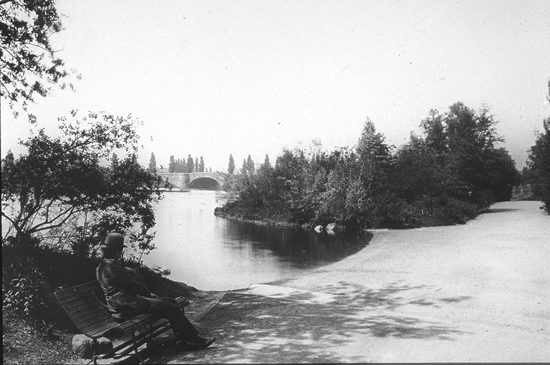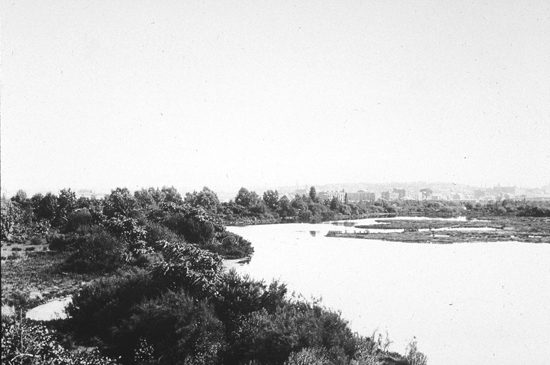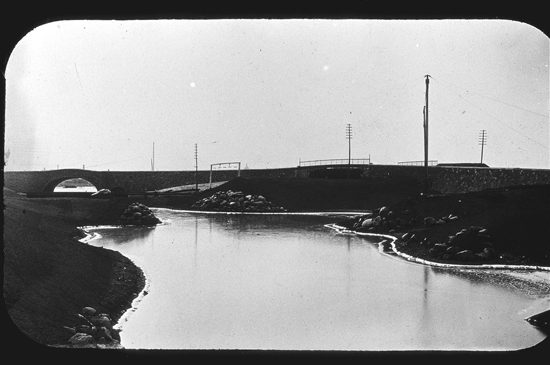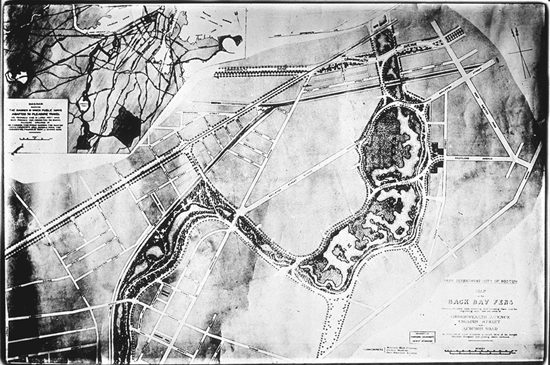Landscape Architects recognize Frederick Law Olmsted (1822-1903) as the founder and ‘Father’ of Landscape Architecture. He worked tirelessly with partner, Calvert Vaux, to be recognized as a Landscape Architect, a professional practice that to this day is still not yet recognized by all fifty states (Massachusetts being one) and is misunderstood by the general public. Olmsted’s birthday, April 26th, has now become the American Society of Landscape Architect’s (ASLA) day to speak out and teach the public what a Landscape Architect does. Olmsted’s original design and execution of the Emerald Necklace Park in Boston exemplifies the foundation the profession stands on; a park that recognizes and protects the land and its resources and also improves public health, safety and welfare. If we look back to the 1890’s and the Back Bay Fens (the first park of the Emerald Necklace), we gain a historic perspective on how utilizing a landscape architect can greatly impact a city.
As Boston began to expand by filling in its coastal limits and ponds, entrepreneurs looked to tidal change as a natural source of power. Mills sprung up all over the Back Bay, effectively diluting the overall tidal change. As more development came to the Back Bay, more and more sewage was dumped into a slower moving Charles River; ultimately creating a smelly, disease ridden cesspool. Tidal power was quickly abandoned, leaving behind an environmental mess. City planners realized that their plans to develop the Back Bay into an affluent neighborhood could easily be derailed by effluent.
Planners scrambled to figure out how to deal with the sewage. They hit another road block when they realized that in the middle of their proposed expansion was where the Stony Brook and Muddy River meets the Charles River—a potential flood zone if not developed correctly. Many designs were examined which created more dams and concrete detention ponds, but it was the radical thinking of Olmsted that ultimately provided the solution—utilize the natural functions of a marsh. He proposed to design the Back Bay Fens Park around a signature feature, a marsh. This marsh would be specifically designed to hold water from Stony Brook and Muddy River as well as flush out sewage overflow during high tide. Today landscape architects call this design strategy ‘bioremediation.’ Olmsted understood how natural systems work and recognized that the natural functions of the land can become the solutions for our environmental and public health issues. The Back Bay Fens was completed in 1895, and has since been modified from its original form and function during the construction of the Mass Pike and Storrow Drive. Currently many Boston landscape architects are pushing for the Back Bay Fens to be restored back to its original infrastructural function, and alleviate upstream flooding along Stony Brook and the Muddy River.
Learn More:
Olmsted and his view on landscape and public health
Visit the Olmsted home and archive in Brookline
National Landscape Architecture Month Events
Sources:
City of Boston Parks Department
National Park Service
MIT Architecture Project – Back Bay Fens
Emerald Necklace


